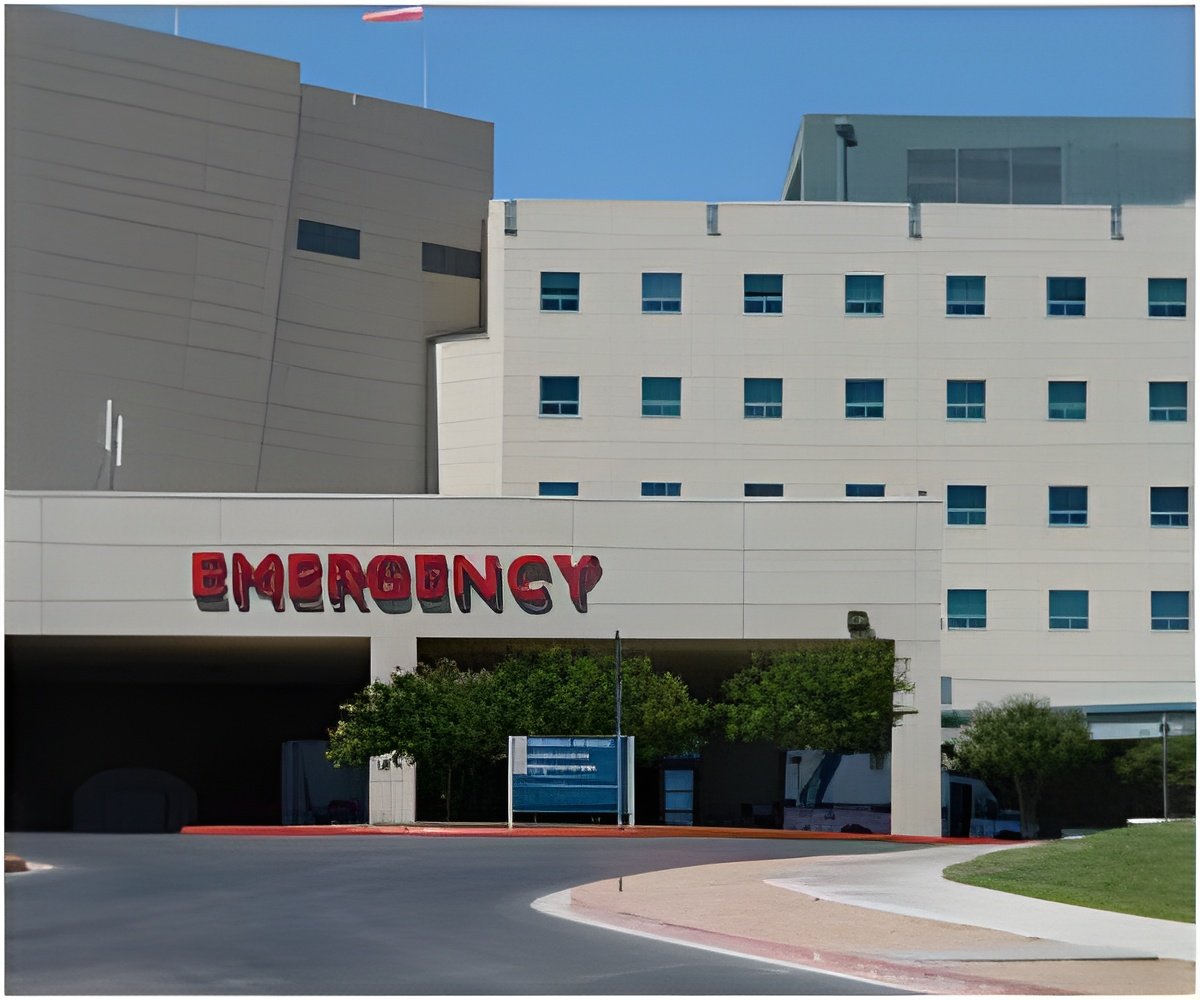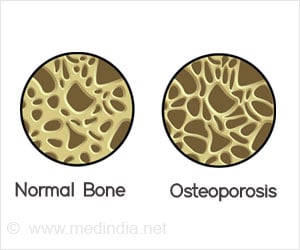There were no significants difference in adjusted overall survival rates between gunshot and stabbing victims in Philadelphia.

The study, published online ahead of print in the Annals of Emergency Medicine, examined 4,122 patients taken to eight Level I and Level II adult trauma centers in Philadelphia between January 1, 2003 and December 31, 2007. Of these, 2,961 were transported by EMS and 1,161 by the police. The overall mortality rate was 27.4 percent. Just over three quarters (77.9 percent) of the victims suffered gunshot wounds, and just under a quarter (22.1 percent) suffered stab wounds. The majority of patients in both groups (84.1 percent) had signs of life on delivery to the hospital. A third of patients with gunshot wounds (33.0 percent) died compared with 7.7 percent of patients with stab wounds.
Although patients transported by the police department were more likely to die compared with those transported by EMS (29.8 percent versus 26.5 percent), these findings appear to be explained by the more severely injured population that the police typically transport to the hospital and not the mode of transport itself.
The Penn study also found that severely injured gunshot victims transported by the police were more likely to survive. "There could be many factors contributing to this finding, such as the fact that police may have shorter response times to an event simply by virtue of how they patrol," said Band.
While previous studies suggest that trauma victims have similar mortality rates whether brought to the hospital by emergency medical services or police, the current Penn study is the largest investigation to date examining the relationship between method of transport and mortality in penetrating trauma.
More than 25 years ago, the Philadelphia Police Department began allowing police department transport of individuals with penetrating trauma to the hospital, commonly referred to as a "scoop and run." A current department directive states: "Police personal will transport: Persons suffering from a serious penetrating wound, e.g., gunshot, stab wound … to the nearest accredited trauma center. Transportation will not be delayed to await the arrival of the Fire Department paramedics." While EMS follows citywide protocols, no formal policy outlines how care should be provided to injured patients transported by police. Typically, individuals transported by police have not been rendered care, including direct pressure on bleeding extremity wounds. However, the Philadelphia Police Department has recently issued tourniquets to every police officer in the city.
Advertisement
"It is critically important to remember that our study focuses on a very specific type of patient with a specific disease process, in a densely populated urban environment and we in no way are suggesting that patients with serious medical symptoms, such as chest pain or difficulty breathing, do anything but call 911 and await the highly trained EMS personnel who have the skill and equipment to deal with the situation and any potential problems," said senior study author, Brendan Carr, MD, MS, assistant professor Emergency Medicine and Biostatistics and Epidemiology at Penn.
Advertisement
Source-Eurekalert








